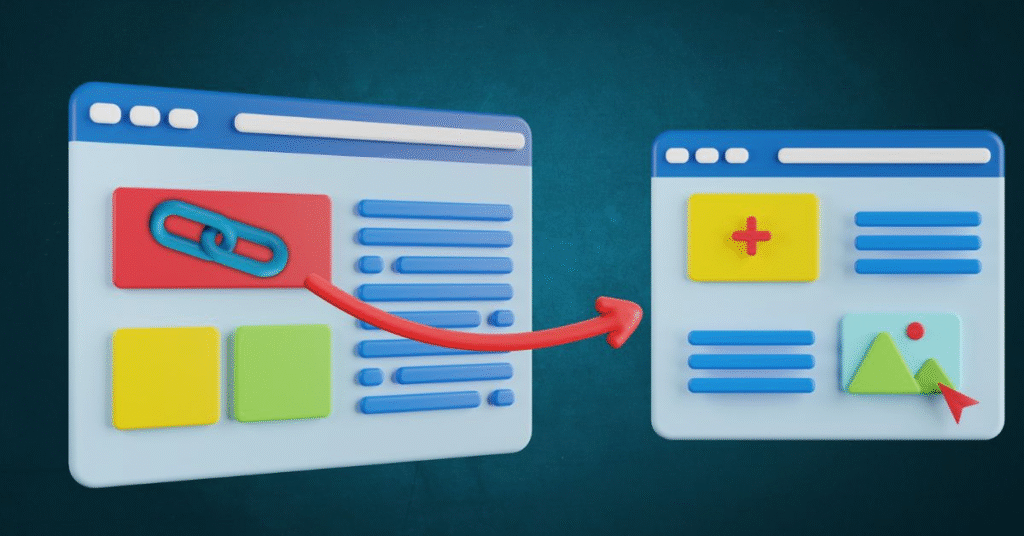Search Engine Optimization (SEO) is famously a marathon, not a sprint. It’s a long-term strategy built on consistent effort, quality content, and the gradual accumulation of authority. However, while the biggest rewards come from sustained dedication, it doesn’t mean you have to wait months or even years to see progress. Hidden within every website are opportunities for quick, high-impact improvements that can deliver a noticeable boost in a fraction of the time. This is the world of low hanging fruit seo—a strategic approach focused on identifying and executing the easiest tasks that yield the most significant results.
This guide is designed to help you find those quick wins. We will cut through the complex, long-term strategies and focus on a practical checklist of actionable tasks that can provide an immediate impact on your traffic and search engine rankings. By targeting these opportunities first, you can build the momentum needed to fuel your long-term success.
Liked this? Discover more insights in our handpicked related article!
1. Start with a Comprehensive SEO Audit
Before you can pick the low-hanging fruit, you need to know where the tree is. A comprehensive SEO audit is your map to identifying the quickest and easiest wins. Using tools like Google Search Console, Ahrefs, or Semrush, you can get an instant overview of your website’s health, revealing technical errors, content gaps, and ranking opportunities. An audit will highlight issues like broken links, missing meta descriptions, and slow page speeds—all of which are often simple to fix but can have a significant impact on your performance.
2. Optimize Your Page Titles and Meta Descriptions
Your page title and meta description are the first things a user sees in the search results. They are your digital storefront window, and if they aren’t compelling, users will scroll right past. Go through your key pages and ensure every title and description is optimized. This means including your primary keyword, using active, engaging language, and staying within the recommended character limits (around 60 for titles, 160 for descriptions). This simple task can dramatically improve your click-through rate (CTR), sending more traffic to your site without even improving your rank.

3. Leverage Your “Almost Ranking” Keywords
One of the most powerful quick wins is to focus on the keywords you are almost ranking for. These are the search terms where your website is appearing on the second page of Google (typically positions 11-20). A small push is often all that’s needed to get these pages onto the first page, where the vast majority of clicks happen. A strategic partner like worthitsolutions can help you analyze your Google Search Console data to find these golden opportunities and develop a content plan to capitalize on them. Once you’ve identified these pages, you can improve them by adding more relevant content, updating the information, and building a few internal links.
4. Master the Art of Internal Linking
Internal linking—the practice of linking from one page on your website to another—is a vastly underrated SEO tactic. It helps Google understand the structure of your site, establishes a hierarchy of your most important pages, and spreads link equity (or “SEO juice”) throughout your website. An easy win here is to find your most authoritative pages (the ones with the most backlinks) and add a few internal links from them to important pages that you want to boost. Always use descriptive anchor text that includes the keyword of the page you are linking to.
5. Boost Your Site Speed (Especially on Mobile)
Page speed is a critical ranking factor, especially with Google’s focus on Core Web Vitals. A slow website creates a poor user experience, and users will not wait around for a page to load. Fortunately, there are several quick fixes that can have a huge impact. Start by compressing all of your images using a free tool like TinyPNG. You should also enable browser caching and consider using a Content Delivery Network (CDN) to serve your content faster to users around the world. You can check your current speed and get recommendations using Google’s PageSpeed Insights tool.
6. Implement Basic Structured Data (Schema Markup)
Structured data, or schema markup, is a piece of code you add to your website to help search engines better understand your content. While it sounds technical, it’s easier than ever to implement with the help of WordPress plugins or online schema generators. Focusing on simple schemas like FAQ, How-to, or Local Business can make your site eligible for “rich snippets” in the search results—those eye-catching listings with star ratings, drop-down questions, or event details. These rich results can significantly increase your click-through rate.
7. Claim and Optimize Your Google Business Profile
For any business that serves a local area, your Google Business Profile (GBP) is the most powerful local SEO tool you have. It is the source of the information that appears in the Google Maps “local pack,” and it’s completely free. If you haven’t already, claim your profile immediately. Then, fill out every single section with as much detail as possible, add high-quality photos of your business, and, most importantly, actively encourage your happy customers to leave reviews.
8. Refresh and Relaunch Old Content
Go through your old blog posts and find articles that are still relevant but have become a bit dated. A “content refresh” is a fantastic way to get new value out of your existing assets. You can do this by updating statistics, adding new information and images, fixing any broken links, and improving the overall formatting for readability. Once you’ve updated the post, change the publication date to the current date and re-promote it on social media as if it were a brand new article.
9. Fix Your Broken Links (Internal and External)
Broken links create a frustrating user experience and can harm your SEO by wasting valuable link equity. Over time, it’s natural for some of the pages you link to (both on your own site and on other sites) to be moved or deleted. Use a tool like Ahrefs’ Site Audit or Screaming Frog to crawl your website and find all your 404 “not found” errors. Then, simply go through the list and either update the link to the correct URL or redirect it to another relevant page.
10. Ensure Your Website is Truly Mobile-Friendly
In today’s mobile-first world, having a responsive website is not enough. You need to ensure it is genuinely mobile-friendly. This means the text should be readable without needing to zoom, the tap targets (like buttons and links) should be large enough to be easily pressed with a finger, and the navigation should be simple and intuitive on a small screen. You can use Google’s free Mobile-Friendly Test tool to check your pages and get recommendations for improvement.
Conclusion
While SEO is a long-term commitment, it doesn’t mean you have to wait indefinitely to see results. By focusing on these high-impact, low-effort “quick wins,” you can start to build positive momentum, improve your user experience, and send strong signals to Google that your website is a high-quality resource. Pick one or two of these tasks to start with this week, and you’ll be well on your way to achieving a tangible and immediate impact on your search performance.

Spotlight on our top pick—don’t miss this featured post everyone’s talking about!






